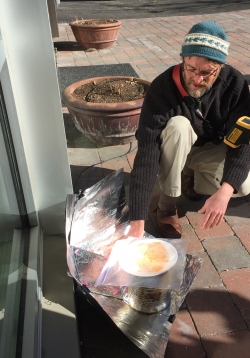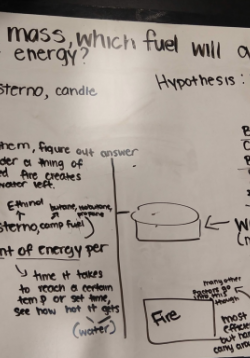Manipulating Design Variables on Solar Heaters
Part 2 builds on part 1, asking students to design a solar heater that more effectively collects solar energy. Students are provided with various building supplies and are asked to change one variable from the standard to construct a new, more effective...







